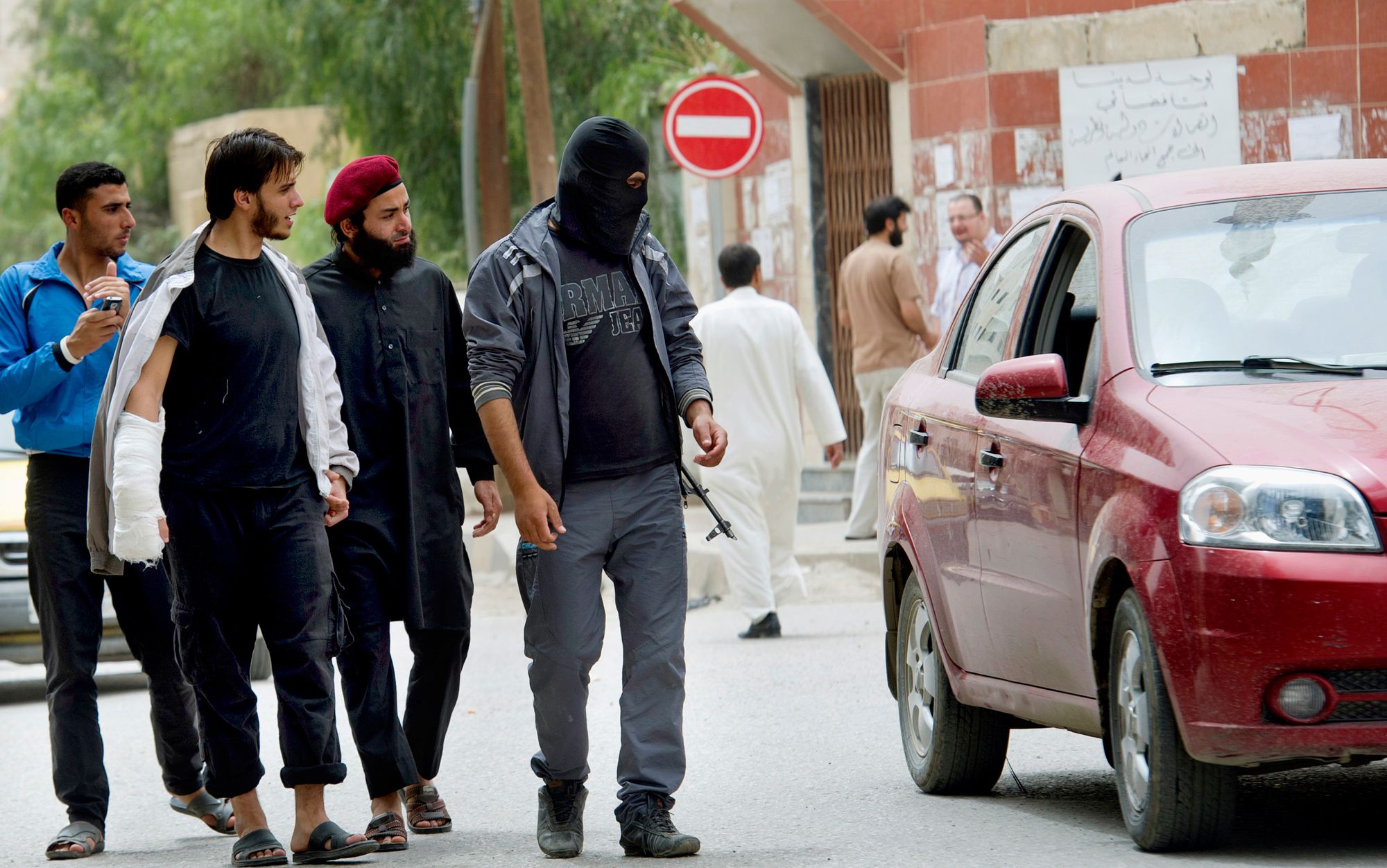http://www.firstpost.com/india/pathankot-terror-attack-too-many-holes-in-the-intelligence-security-ecosystem-say-experts-2569372.html
by Tarique Anwar Jan 4, 2016
New Delhi: Even as the government refuses to admit any lapse on the part of security and intelligence agencies in the terror attack at Punjab’s Pathankot airbase, doubts have started circulating over the fool-proofness of the intelligence-security ecosystem in the country. Defence experts and former top servicemen feel the attack is the result of the failure of the “entire system’’. Till news came in last, seven Indian security personnel had died in the attack and there’s still no clarity on whether more terrorists are holed up at the base.
The questions that are being raised are many: How can a pinpointed intelligence input – if any – be ignored? Why was the perimeter of the Pathankot airbase not secured despite warnings? How is it that the first information of the armed infiltration given by a Punjab Police officer who was abducted by the terrorists disbelieved? How is it that another infiltration takes place along the very same nullah by which the previous attack had come only recently? What was the Border Security Force doing? Where are surveillance equipment and night vision devices? Why was the National Security Guard (NSG) sent in when the Army has a crack Special Forces unit nearby at Nahan? Why was Delhi trying to micromanage when it clearly lacks the competence?
“India has not learnt any lesson from previous operations carried out by Pakistan against us. We shout for two days and then it is the business as usual. It is a shame,” Major General (retired) Satbir Singh told Firstpost.
How can this operation, he asked, be called a professional operation when the terrorists managed to come 25 km inside near the area where we have vital air assets and seven people were killed in 36 hours and 20 seriously injured. “It means our intelligence agencies are not working at all. There is no co-ordination. There is no actionable intelligence,” he alleged.
When reminded the Intelligence Bureau (IB) had given prior inputs, he replied, “The responsibility of the IB does not stop after merely issuing alerts. Its responsibility is to ensure that actionable intelligence goes all over. And mind you, I am not isolating military when I said it was the failure of all intelligence and executing agencies. The entire system has failed.”
The Army veteran refuses to accept the assault is a terror attack. He says it is a military operation by Pakistan. “The nation has been defeated by terrorists of Pakistan. So, they are not terrorists. It is a military operation against us by ISI and the Pakistan Army. You (the government) have permitted the terrorists to enter our territory and kill so many people,” he said.
by Tarique Anwar Jan 4, 2016
New Delhi: Even as the government refuses to admit any lapse on the part of security and intelligence agencies in the terror attack at Punjab’s Pathankot airbase, doubts have started circulating over the fool-proofness of the intelligence-security ecosystem in the country. Defence experts and former top servicemen feel the attack is the result of the failure of the “entire system’’. Till news came in last, seven Indian security personnel had died in the attack and there’s still no clarity on whether more terrorists are holed up at the base.
The questions that are being raised are many: How can a pinpointed intelligence input – if any – be ignored? Why was the perimeter of the Pathankot airbase not secured despite warnings? How is it that the first information of the armed infiltration given by a Punjab Police officer who was abducted by the terrorists disbelieved? How is it that another infiltration takes place along the very same nullah by which the previous attack had come only recently? What was the Border Security Force doing? Where are surveillance equipment and night vision devices? Why was the National Security Guard (NSG) sent in when the Army has a crack Special Forces unit nearby at Nahan? Why was Delhi trying to micromanage when it clearly lacks the competence?
“India has not learnt any lesson from previous operations carried out by Pakistan against us. We shout for two days and then it is the business as usual. It is a shame,” Major General (retired) Satbir Singh told Firstpost.
How can this operation, he asked, be called a professional operation when the terrorists managed to come 25 km inside near the area where we have vital air assets and seven people were killed in 36 hours and 20 seriously injured. “It means our intelligence agencies are not working at all. There is no co-ordination. There is no actionable intelligence,” he alleged.
When reminded the Intelligence Bureau (IB) had given prior inputs, he replied, “The responsibility of the IB does not stop after merely issuing alerts. Its responsibility is to ensure that actionable intelligence goes all over. And mind you, I am not isolating military when I said it was the failure of all intelligence and executing agencies. The entire system has failed.”
The Army veteran refuses to accept the assault is a terror attack. He says it is a military operation by Pakistan. “The nation has been defeated by terrorists of Pakistan. So, they are not terrorists. It is a military operation against us by ISI and the Pakistan Army. You (the government) have permitted the terrorists to enter our territory and kill so many people,” he said.









